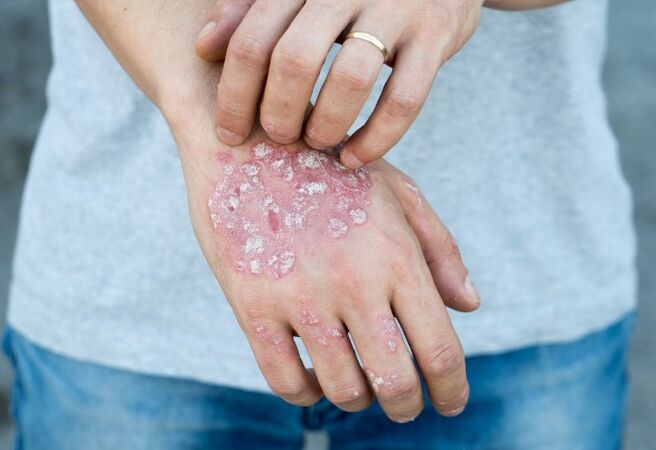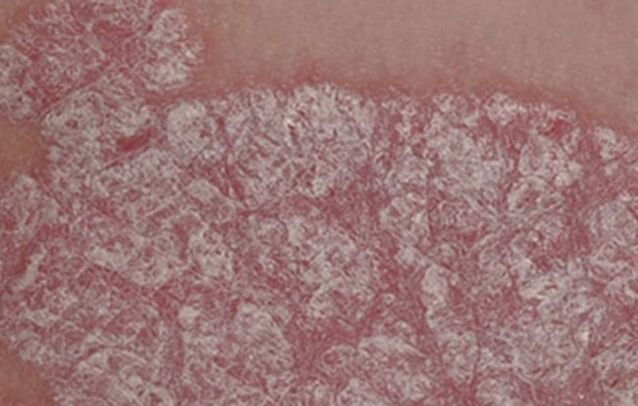Psoriasis, like all other types of chronic inflammatory skin diseases, has its development phases.In the diagnosis of the disease, the doctor necessarily considers not only the variety of the disease, its form, the severity and the cause of the occurrence, but also the stage of development.For an expert specialist, it is not difficult to designate the phases of psoriasis, since everyone differs in specific symptoms, which are almost impossible to confuse.Depending on the manifestations of the disease, the patient is prescribed adequate treatment faces both to reduce and relieve external symptoms, and to the elimination of factors that cause the development of the disease.

The beginning of the disease
Despite the fact that the complete treatment methods for psoriasis have not yet been found, since the reasons that cause its occurrence, forms, types and phases of the development of the disease have not been established.Therefore, in the development and course of the disease, three main phases are distinguished: initial or progressive, stationary and "fading", regressive.
The characteristic processes of the beginning or exacerbation of the course of the disease, i.e. the progressive phase, are the appearance of neoplasms in the form of a rash on the surface of the skin.At the same time, the elements of the rash (point, point, lenticular) tend to peripheral growth.Distribute in healthy skin areas, small skin eruptions are clearly formed round or oval psorial plates.
In the progression phase of the disease, psoriatic plaques are painted in bright pink or red color and a specific peeling crust on the lesions is absent.The inspected edges of the outbreaks of the defeat are not covered by whitish stairs.
During the progressive phase of psoriasis, the patient experiences itch, a slight burning sensation in the areas of skin lesions, a slight general malaise.With any contact with clothing and combat areas, new papular eruptions appear.
Further development
After 1-4 weeks, the second phase of disease development occurs stationary.The exacerbation process is weakened, the color of the psoriatic plates becomes less intense, the old rashes are absorbed, the formation of new rashes stops.

The healing of the papules occurs peripheral, that is, from the center to the edges, which determines the characteristic shape of the plates.In the stationary phase, the surface of the lesions is completely covered by scaled crusts of a characteristic whitish color.
In the regressive phase of psoriasis, in the phase of attenuation of the disease and its transition to the period of remission, all the outbreaks of the lesion are gradually resolved completely, the color of the plates becomes almost indistinguishable by the color of the healthy skin, the peeling of the epider measures decreases markedly, burning and imposing decreases.Around the fires appears the "Voronov collar" so called - a ring of keratinized and dense strata of the skin.Along the outskirts of all rashes, the skin is discolored.The stage of the regression of the disease under the influence of an intense adequate treatment can last long, sometimes up to several months.Then psoriasis retires completely, leaving localized plaques insignificant on the body in the most common places for this disease (elbows, knees, stomach, buttocks).
In the task of a person who suffers from psoriasis, to constantly keep the disease in the stadium of remission.Control over all aspects of life and the prevention of the disease will require the most severe - this is not a secret.But this is the only way to obtain positive treatment results, resolve them and continue normal existence in society.
























